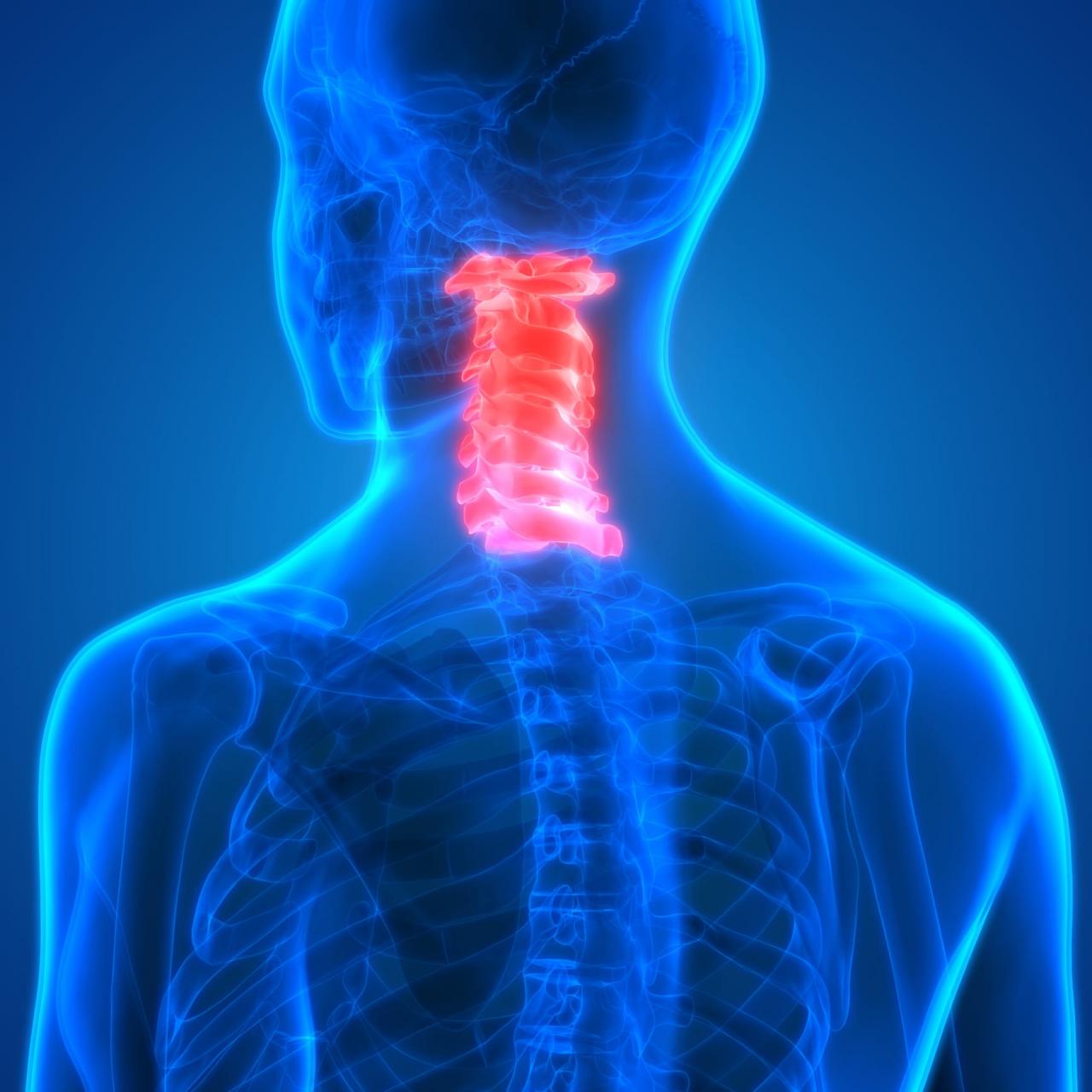Introduction:
Scoliosis is a medical condition that causes a curve in the spine. While it can impact any of the three major sections of the spine, namely the cervical (neck), thoracic (chest and upper back region), and lumbar (lower back) sections, the cervical region is especially significant due to its proximity to vital functions in our body.

Cervical Stenosis and Its Consequences:
Cervical stenosis is a condition where the spinal canal becomes too narrow for both the spinal cord and the nerve roots. This can lead to potential damage to the spinal cord, known as myelopathy, or even pinching of the nerves as they exit the spinal canal, resulting in radiculopathy. More information on this can be found at the University of Virginia’s Neurosurgery department.
Treatment Options for Cervical Conditions:
One of the recommended treatments for such conditions is cervical decompression surgery. This procedure focuses on removing structures that may be compressing the nerves in the cervical section of the spinal canal or vertebral foramen. A typical recovery from this surgery spans an average of five weeks. Patients looking for specialized care can find spine care specialists here.
Recognizing Cervical Radiculopathy and Myelopathy:
Compression or inflammation of the nerve in the cervical spine leads to nerve pain termed cervical radiculopathy. Severe cases may escalate to the spinal cord’s compression, manifesting as weakened or impaired motor functions in arms or hands. This condition is known as cervical myelopathy. More details on this can be found in this spondylosis overview.
Cervical Laminoplasty – A Distinctive Procedure:
Cervical laminoplasty is a unique surgical approach aimed at alleviating pressure on the spinal cord at the neck level. Unlike traditional spinal surgeries, no bone is removed; instead, the bone is reshaped by the surgeon. For a deeper dive, refer to this guide on cervical laminoplasty.
Potential Causes of Cervical Myelopathy:
Several conditions can result in spinal cord compression and consequently cervical myelopathy. Two prevalent causes include severe cervical spondylosis (osteoarthritis of the spine) and ossification of the posterior longitudinal ligament (OPLL). For a comprehensive FAQ on cervical myelopathy, click here.
Conclusion:
Understanding the nuances of spinal conditions is essential, especially for individuals experiencing symptoms or those with a history of spinal issues. With advancements in medical science, several treatments and surgical options can provide relief and a better quality of life for patients.


